The book "Cloud Computing: Its Concept and Applications in Libraries and Information Centers"
Written by: Sabah Muhammad Kalo
In light of rapid technological development and the emergence of Web 2.0 and Web 3.0 technologies, information technology organizations are now seeking to adopt technical models that reduce costs and achieve high levels of efficiency. In this context, the topic of cloud computing: its concept and applications in the field of libraries and information centers emerges as one of the most important transformations that represent a qualitative leap in the way information is managed and digital services are delivered.
The book addresses this comprehensive concept, providing theoretical and practical insights and foundations for its application in the library and information center environment.
Definition of cloud computing
Cloud computing: its concept and applications in the field of libraries and information centers is defined as a technical model that allows users to access multiple technical resources (such as servers, storage units, applications) over the Internet, without the need to invest in expensive physical hardware. Among the most prominent points covered in the book are:
Historical root:
The idea of the cloud was used as a symbol to define the Internet in graphics, which enabled the development of the concept of cloud computing: its concept and applications in the field of libraries and information centers since the early 1990s.
Official definition:
One definition is based on the Institute's criteria.The American NIST, which believes that cloud computing: its concept and applications in libraries and information centers represents a model for on-demand access to shared technical resources that are managed remotely with high efficiency.
Goals and benefits of cloud computing
Through its analysis, the book highlights the objectives of cloud computing: its concept and applications in the field of libraries and information centers, which help institutions achieve:
Quick and flexible access to information:
The service provides access to data and applications anytime, anywhere.
Reducing operating costs:
Organizations rely on a pay-as-you-go model, which eliminates the need for massive infrastructure investments.
Enhancing cooperation and participation:
Cloud computing: its concept and applications in libraries and information centers encourages collaborative work thanks to the ease of exchanging information between different users.
Ensuring continuity and continuous updating:
Services are provided continuously, with the ability to update software without the need for manual intervention.
Technical characteristics of cloud computing
The book explains the main characteristics that distinguish cloud computing: its concept and applications in the field of libraries and information centers from traditional systems. The most important of these characteristics are:
Self-service on demand:
The system allows users to request services without the need for manual intervention, which speeds up the process.
Wide access:
Cloud computing: its concept and applications in libraries and information centers provides access through various communication devices, whether computers or smartphones.
Collection and distribution of resources:
Resources are distributed jointly so that they are dynamically reallocated according to users' needs.
Flexibility and rapid expansion:
The system allows resources to be expanded or reduced according to business requirements and changes in data volume.
Pay-as-you-go system:
It makes the user pay only for what he uses, which improves resource allocation and cost efficiency.
Types of cloud computing services
The book explains the division of cloud computing: its concept and applications in the library and information center sector into three main categories, which are:
Infrastructure as a Service (IaaS):
It allows companies to rent virtual servers and storage space to run their systems without the need to build internal infrastructure, such as services.Amazon EC2 and S3.
Platform as a Service (PaaS):
It provides an integrated development environment for web applications, allowing programmers to develop, test, and deploy their applications on managed servers, such asMicrosoft Azure and Google Apps.
Software as a Service (SaaS):
Software is offered online as a ready-to-use service, with no local installation required, such as:Google Docs and Dropbox.
Each of these categories demonstrates how cloud computing can be applied: its concept and applications in the library and information center sector to meet the needs of libraries and educational institutions in innovative and effective ways.
Cloud computing components
The author identifies four basic elements for the application of cloud computing: its concept and applications in the library and information center sector in the information environment:
Beneficiary or customer:
Who accesses cloud services over the Internet.
Technical platforms:
The entities that provide the servers and data centers that libraries rely on to operate their services.
Infrastructure:
Includes communication networks and devices required to create a cloud computing environment: its concept and applications in the field of libraries and information centers.
Applications and software:
The tools and services that a user uses to handle data and information stored in the cloud.
Cloud computing applications in libraries
The book reviews several practical applications that highlight how libraries can benefit from cloud computing: its concept and applications in the library and information center sector, including:
E-book lending:
I used libraries like 3M is a cloud-based system that allows for electronic book borrowing. The Polaris system is integrated with a cloud platform that provides a unified interface for users.
Storage and sharing systems:
Services such as:Google Drive and Dropbox for storing files and facilitating their sharing between library staff and patrons.
Communication and research collaboration:
Platforms such asResearchGate and Google Scholar are a research environment that allows researchers to share their research findings and track citations, reflecting the application of cloud computing: its concept and applications in the field of libraries and information centers in supporting scientific research.
Challenges and limitations
Despite the numerous advantages offered by cloud computing: its concept and applications in libraries and information centers, the book highlights some of the obstacles that organizations may face when adopting this model, including:
Security and privacy concerns:
Organizations fear that their data will be hacked or unauthorized, which poses a challenge to the adoption of cloud computing: its concept and applications in libraries and information centers.
Reliability and continuity:
Cloud services rely entirely on the stability of the Internet, which can lead to service interruptions in the event of technical issues.
Loss of control over data:
The loss of direct control over data stored in external centers is one of the biggest obstacles that raise questions about cloud computing: its concept and applications in the field of libraries and information centers.
Ambiguity of Service Level Agreements:
The lack of clarity regarding obligations between the provider and the beneficiary may affect the quality of services provided via cloud computing: its concept and applications in the field of libraries and information centers.
The role of service providers
The book highlights the leading companies providing cloud computing services: their concept and applications in the field of libraries and information centers, as they are considered:
Amazon is a leading provider of IaaS services through the AWS platform.
Microsoft, which offers the Azure platform as well as storage services like SkyDrive.
Google, which uses Google Apps and Google Drive services to provide integrated cloud solutions.
Red Hat and Verizon are two competing companies that are seeking to develop integrated solutions in this area.
The role of these companies forms the backbone of cloud computing: its concept and applications in libraries and information centers, providing an advanced technical infrastructure that enables libraries and institutions to achieve high levels of efficiency and innovation.
In concluding the book, the author emphasizes that cloud computing—its concept and applications in libraries and information centers—is not just a passing technology, but rather an integrated strategy that brings about a qualitative shift in data management and digital services.
By adopting this model, libraries and information centers can reduce costs, improve efficiency, and enhance the sustainability of service delivery to their users. Despite the security and technical challenges, investing in cloud computing—its concept and applications in libraries and information centers—remains a strategic step toward a more innovative and connected digital future.
You can download the book "Cloud Computing: Its Concept and Applications in Libraries and Information Centers" directly from here.
 يمكنك تحميل كتاب "الحوسبة السحابية: مفهومها وتطبيقاتها في مجال المكتبات ومراكز المعلومات" مباشرةً من هنا.
يمكنك تحميل كتاب "الحوسبة السحابية: مفهومها وتطبيقاتها في مجال المكتبات ومراكز المعلومات" مباشرةً من هنا.
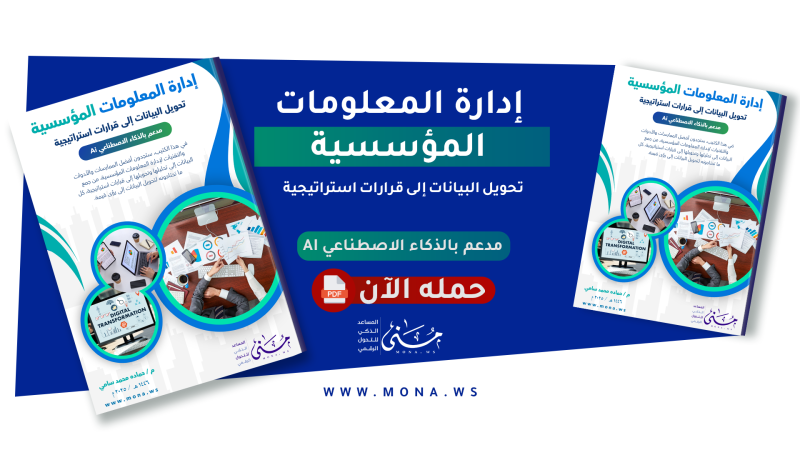
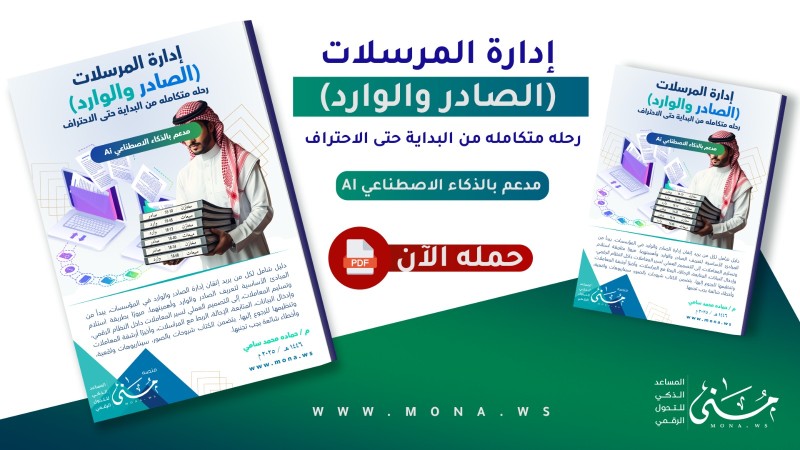
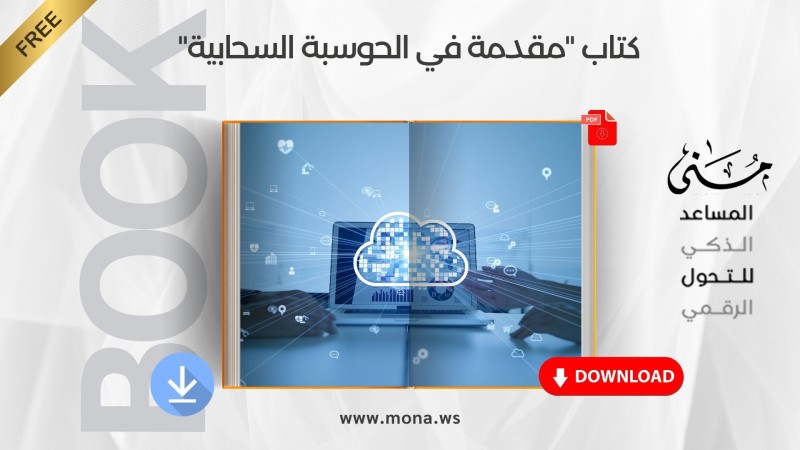

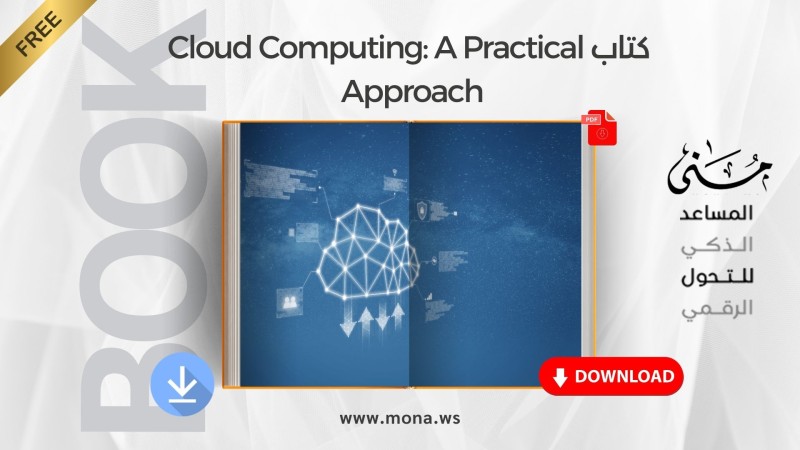
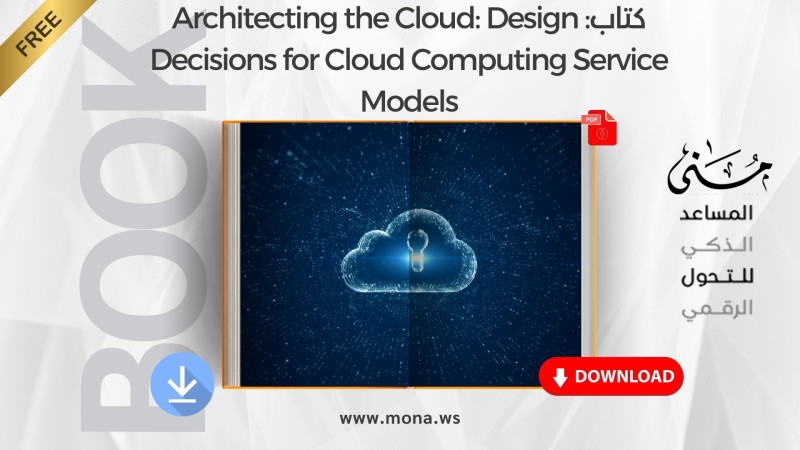
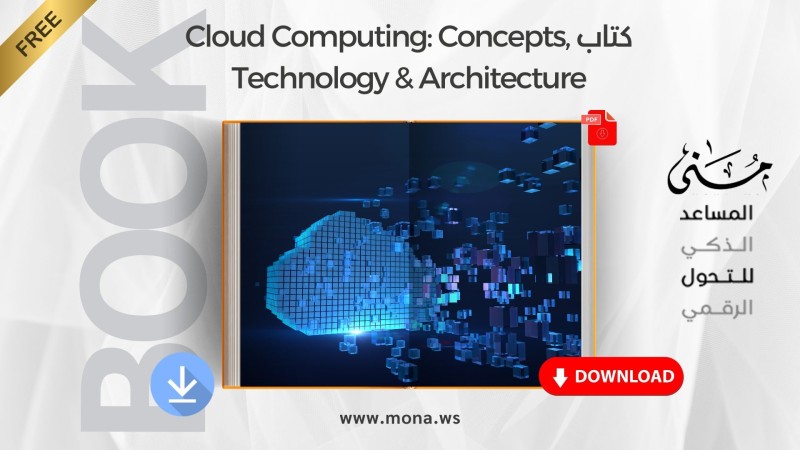
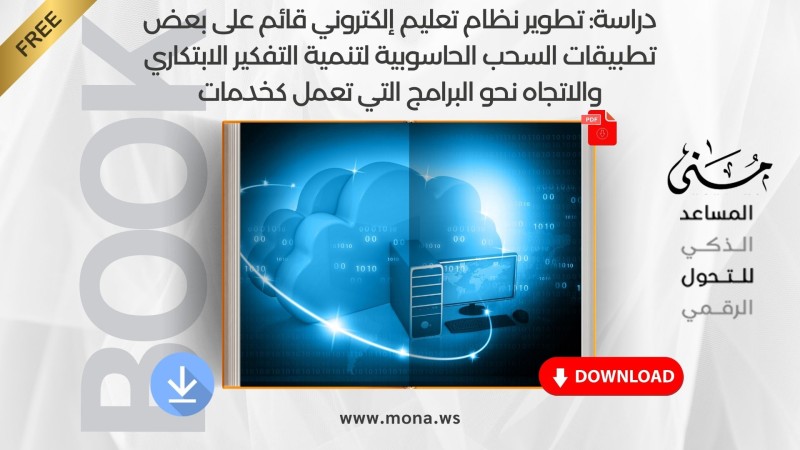
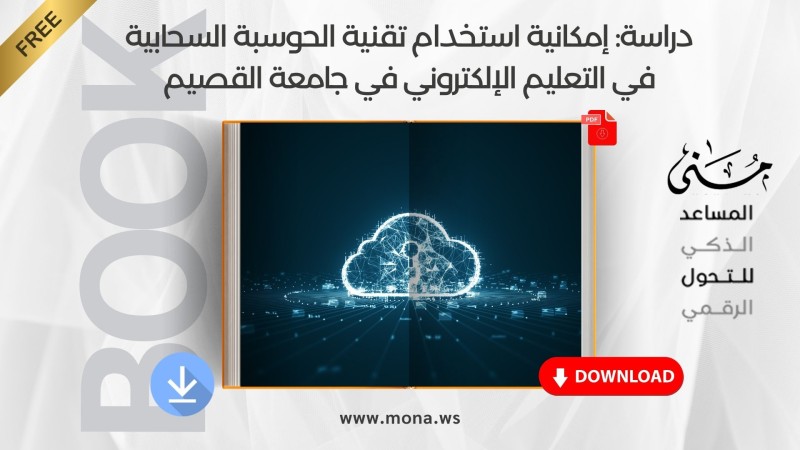
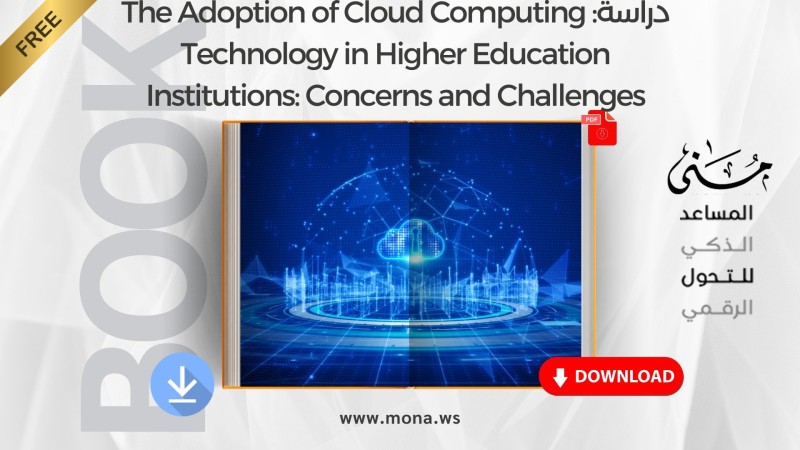
Comments
Add New Comment